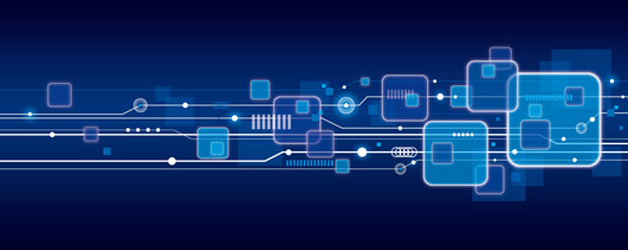
To operate a business in today’s world, having a digital business strategy is no longer an option, it’s a requirement. It gives us the freedom to move from platform to platform, accomplishing each task easily and seamlessly. And as a business, it requires strong capabilities in a variety of areas not only to compete, but to thrive.
- We have to think digital about products and services. Wearables, for example, are making it possible for doctors and their patients to track daily activities and make better diagnosis from having detailed data available 24/7.
- We have to think in multichannel experiences. How about sending a newsletter through email to your customer with a coupon, which they can bring in on their smart device to have you scan and receive the discount?
- We have to think in terms of customer behavior. Through customer tracking programs, we can have insight into customers’ buying habits, from how they shop to how they buy, and improve the customer experience along every path.
- We have to think about automation. More and more people, expect quick action and immediate response . By automating operations and processes, not only can you deliver when customers demand it, you can also reduce operating costs.
While each of these steps are vitally important to a thriving business, they also bring substantial challenges for IT. While each of these four challenges opens up a world of opportunity for a business, they also open up the potential for unlimited vulnerability.
Two-speed IT architecture can help companies develop high-speed customer-friendly capabilities, while allowing behind the scenes processes to remain operating at a slower pace. It recognizes the value of both the back-end operational systems, and the ever-changing requirements of user engagement.
Two-speed IT manages the trade-off between building and operating responsive applications that meet customers, employees and vendors’ requirements, and the reliability and control required for the safety and security of systems themselves. Operating two-speed IT involves finding and operating the right software and applications for the job, and goes beyond to encompass a variety of skills and needs, including analytics, innovation and security.
Each side of the IT equation – the operational side and the application side – must move at its own pace. A two-speed approach places equal value on the needs and capabilities of each side.
Have questions? Lets talk.


